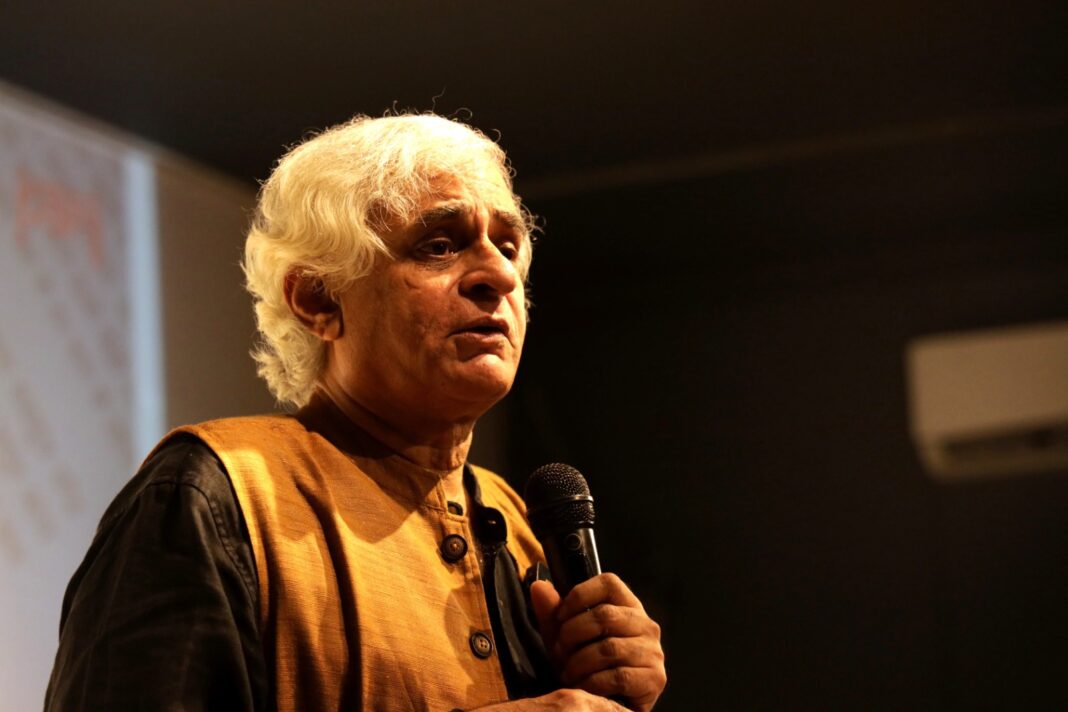Unsung Marginalised Freedom Fighters Need to be Recognised for their Contribution to India’s Freedom Struggle, says P. Sainath on the Occasion of 78th Independence Day
~ Veteran journalist P. Sainath highlighted the roles played by common men and women during India’s liberation movement that significantly contributed to the country attaining independence.
~ His book, ‘The Last Heroes: Foot Soldiers of Indian Freedom’, is aimed towards college students and the younger generation to ensure that India’s unsung freedom fighters are given their due recognition.
Panaji, August 2024: At just 17 years of age, Hausabai Patil crossed over from Maharashtra in 1944 to procure weapons for armed rebellion and to rescue her comrade lodged in a Portuguese prison in Goa. Eminent author-journalist P. Sainath has detailed the contribution of Hausabai to the Indian freedom struggle in the first chapter of his book, ‘The Last Heroes: Foot Soldiers of Indian Freedom’, which he spoke about at the Museum of Goa, Pilerne, on the occasion of India’s 78th Independence Day.
Hausabai, a resident of Satara in Maharashtra and member of the Toofan Sena (Whirlwind Army), the armed wing of the prati sarkar (provisional government) of Satara, engaged in anti-colonial activities to weaken the British Empire’s hold on the country.
“In 1944, Hausabai traveled to Portuguese-ruled Goa from Ratnagiri across the Mandovi River in a big wooden box to procure weapons for their armed rebellion and rescue a comrade who was restrained at the Panjim Central Jail. She hid an escape plan in a chit in her hair, passing it to their imprisoned comrade under the guise of being his sister, leading to a successful jailbreak,” said Sainath during his talk.
Sainath’s book lists 16 freedom fighters who are Adivasis, Dalits, OBCs, Brahmins, Muslims, Sikhs and Hindus from different regions, many whose actions subvert the notion of a traditional ‘freedom fighter’ as not all took up arms, but contributed by protecting and feeding other freedom fighters
Highlighting the importance of giving these unsung freedom struggle heroes recognition, Sainath, who is the founding editor of People’s Archive of Rural India (PARI) Network and a Ramon Magsaysay awardee, stated that the ordinary people were the ones consistently rebelling against the British Raj, in spite of facing a heavy loss of life and livelihood.
According to Sainath, there is a need to appreciate the common man – the farmers, labourers, homemakers, forest produce gatherers, artisans and more – who stood their ground against the British Empire and are still fighting for freedom till date. “India’s jawans (soldiers) are the same kisans in uniform, who guard our borders till today and fought for our freedom during the struggle for independence,” he said.
Sainath also emphasised that as many key events and figures from the liberation movement are missing from today’s academic curricula across the country, college students and the younger generations need to be made aware of the often hidden contributions of the people who fought tooth and nail to ensure our liberation.
“There has been an erasure of important events from the current syllabi across the country, and unfortunately, our young generations only know of the sanitised version of history from their textbooks, and what they hear from their grandparents and great-grandparents. To cater to the digitally-inclined nature of our youth, there are QR codes leading to the PARI website, where the stories are visually documented,” stated Sainath.




